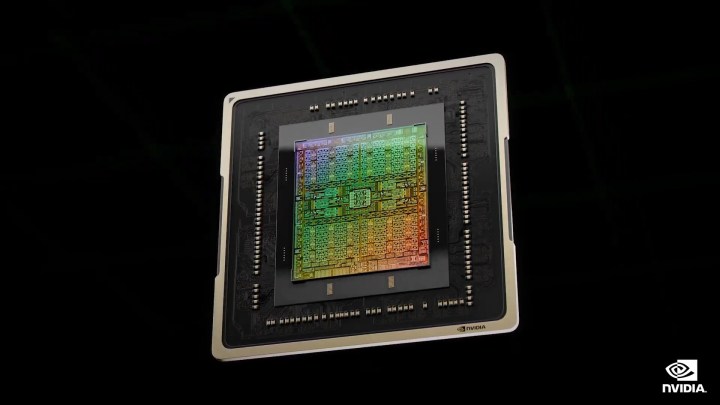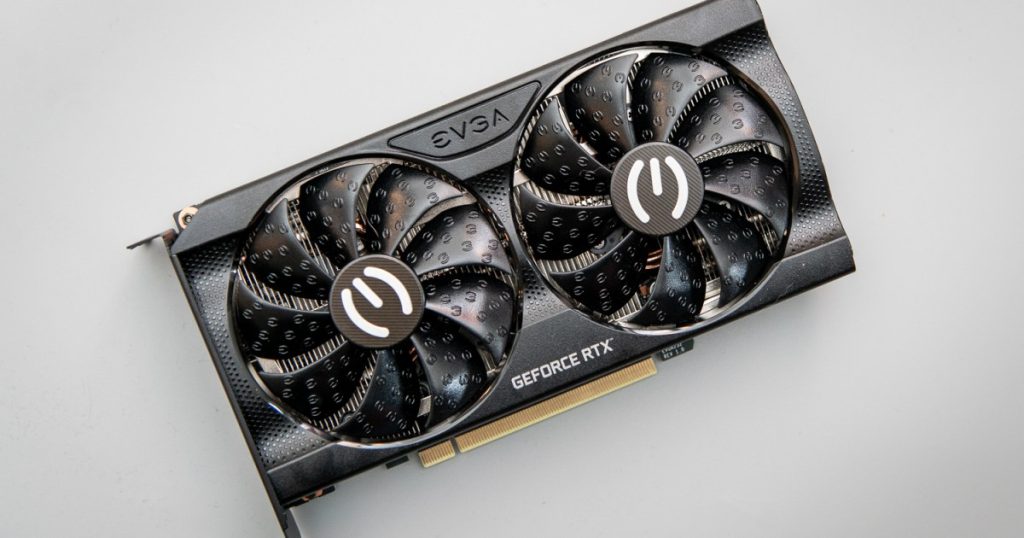An unexpected surprise has surfaced in the tech world. Evidence of a new Nvidia graphics card has been spotted in the PCI-ID database, and it’s not what most people were anticipating. Instead of focusing on the RTX 50-series or updating a 40-series GPU, Nvidia is reviving the RTX 3050 with an Ada Lovelace chip. This move could potentially make the RTX 3050 the first RTX 30-series GPU to support Deep Learning Super Sampling 3 (DLSS 3).
This new GPU is a laptop variant of the RTX 3050. The decision to introduce a new version of this particular card in 2024 or later is puzzling, but the RTX 3050 A has been unearthed in the latest Nvidia drivers, as reported by VideoCardz. The fact that Nvidia is developing an RTX 3050 is surprising on its own, but coupling it with the AD106 chip raises even more questions.
It is likely that the RTX 3050 will utilize a trimmed-down version of the AD106 GPU, which boasts a maximum of 4,608 CUDA cores. While it’s common for Nvidia to repurpose chips for new GPUs, seeing a chipset of this caliber in the RTX 3050 is unexpected. The mobile version of the card is equipped with just 2,048 CUDA cores, a significant reduction from the full chip.
Stay updated with the latest PC gaming tech insights
The AD106M chip could potentially find its way into various GPUs within the Lovelace generation, including the RTX 4050 and RTX 4060 Ti, making the RTX 3050 a curious candidate. One of the most intriguing aspects of incorporating Ada architecture into an Ampere card is the potential for DLSS 3 and Nvidia’s frame generation technology.

DLSS 3 represents a substantial improvement over DLSS 2, a feature exclusive to the RTX 40-series. With DLSS 3 offering enhanced performance, it became a significant selling point for upgrades. The technology relies on Ada architecture for its fourth-generation Tensor cores and Nvidia’s optical flow accelerator, rendering it incompatible with non-RTX 40-series cards.
The possibility of the RTX 3050 featuring DLSS 3 due to its AD106 chip is plausible from a hardware perspective. However, the likelihood of this implementation remains uncertain. While the future availability of this card in laptops is uncertain, it may cater to a niche audience. It seems unlikely for Nvidia to introduce DLSS 3 exclusively in a single older card when its entire lineup already supports it. The RTX 3050 A could serve as a means for Nvidia to exhaust its existing AD106 chips before advancing to the next generation.


